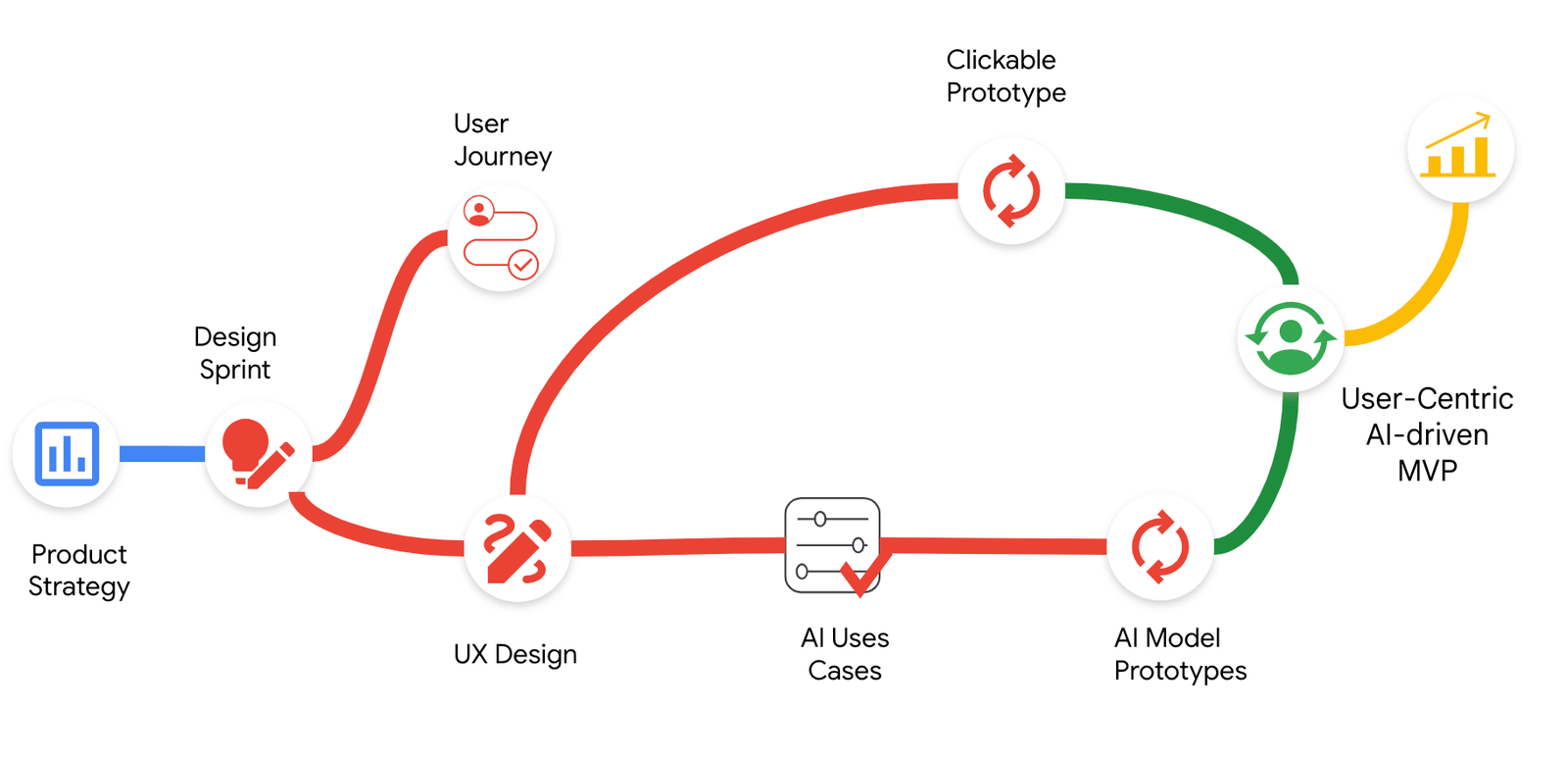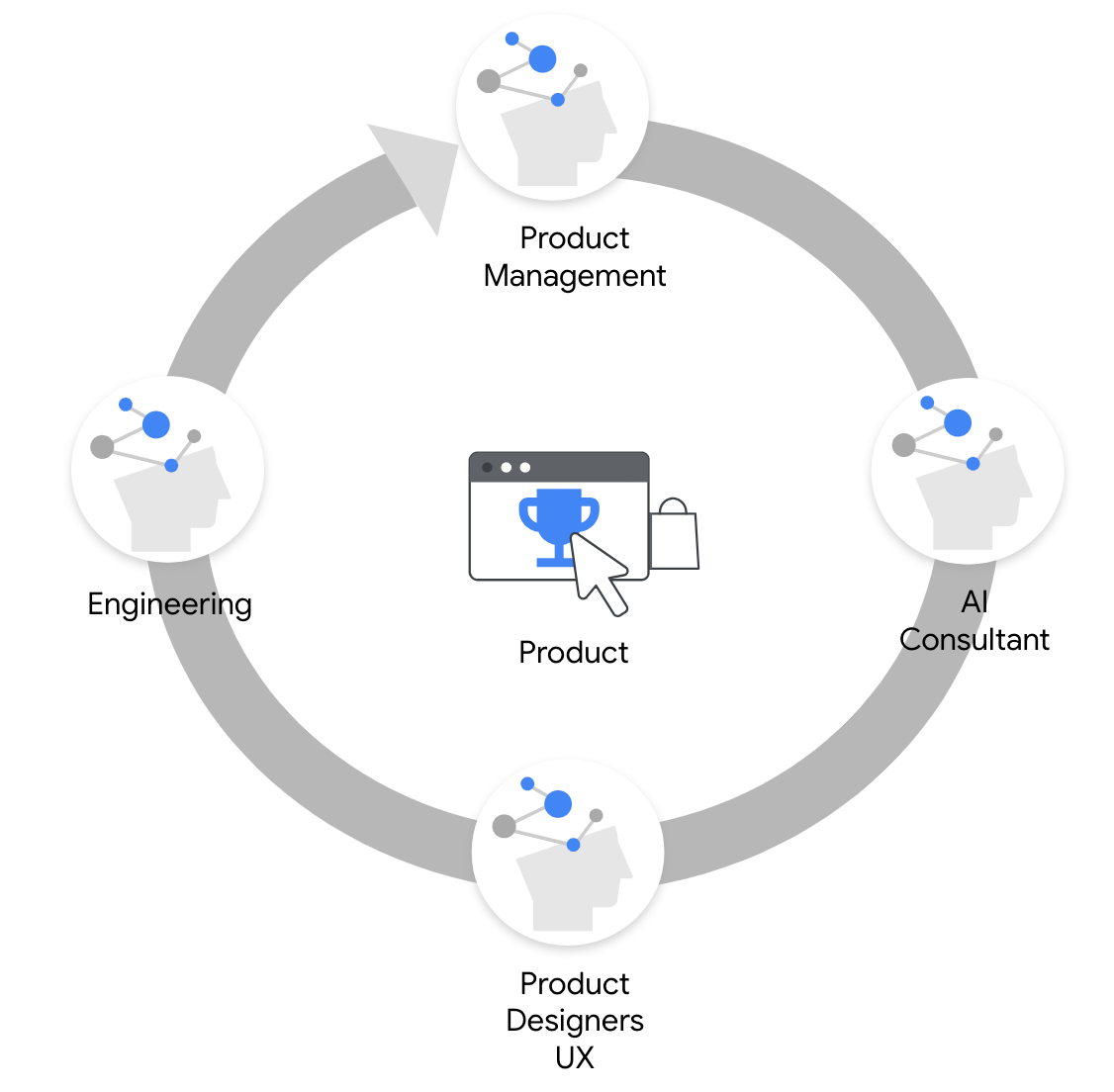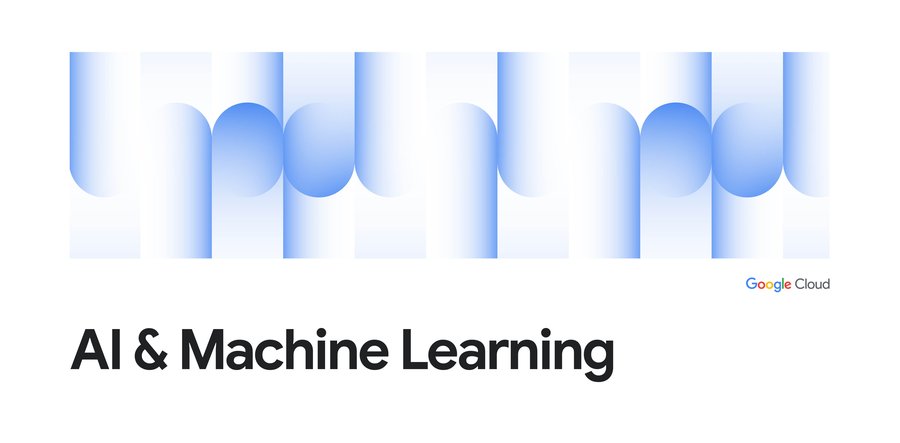Building enterprise-quality AI applications requires much more than a model
Carolina Hernandez
Cloud Solution Architect, Google
Matt Castille
Innovation Program Lead
It’s an increasingly common conversation: How can we solve a customer’s business challenges with AI?
For example, a Google Cloud customer in the financial services industry recently asked us to help them reimagine and redesign their salespeoples’ customer engagement experience, which happens primarily over the phone. Today, that sales process is fraught with unnecessary complexity. Because data is stored across many different sources, salespeople must talk to the customer while simultaneously navigating multiple apps. Solving this challenge would not only help reduce the amount of time needed to close a deal, but also help standardize sales processes, and generate more consistent experiences. Unsurprisingly, AI solutions were top-of-mind when we were exploring potential ways we could help.
In this case, there are AI models that can improve the customer service experience with faster document-processing times, quickly identifying and summarizing the content of documents. However, building products powered by AI requires more than just a model. First, companies need to address both business goals and specific user-centric needs through detailed discovery, requirements, and features that address user pain points and opportunities. However, even the most well-intentioned customers get this wrong. The excitement and eagerness generated by AI make it far too easy to skip a few important steps that ultimately save time and money.
Companies need to first validate if creating an AI-powered product is even the right thing for their business. Building and testing prototypes with users does exactly that — proves out an idea before investing into a fully productionized AI solution. Companies who embrace a prototype-and-test mindset can move quickly, try new things, and become comfortable with failing fast to test if an idea is worth exploring. Rather than just focus on the AI model, this approach expands the impact of the idea and solves a multi-sided problem: It ensures that the needs of the business, what we think of as the money, the user, and the magic, are met; quality AI applications require all three to be successful.
With that in mind, let's walk through a full-cycle AI journey, starting from business ideation, use-case identification, data requirements, and model training while designing and prototyping that will lead an organization to a successful, user-centric AI product.
Start your journey the right way
The key components of how to design and build an end-to-end AI-driven product from an idea can be summarized as follows:
- Define a user-centered product strategy that dials into your customers’ business needs and technology strategy.
- Understand the user in order to build a product with the right features to solve user needs.
- Plan and execute a design sprint that focuses on Customer User Journey (CUJ), user experience (UX) and design.
- Ideate and define business use cases that can be solved with AI from the design sprint.
- Design and build a clickable software prototypes that shows a visual representation of the user interface and establishes the value of the product to the business.
- Design, iterate and build AI models prototypes demonstrating the use cases, a proven way to answer critical business questions, data-driven design, confirming understanding and exploring data, and AI baseline performance.
- Integrate AI model prototypes with the business use case and UX design as an AI-driven MVP.


Key deliverables that will enable your teams to continue the journey
- Strategic hypothesis: Definition of the business challenge, user opportunity, and rationale for why an AI solution is right
- UX design documents: Collection of documents that relate to the design sprint — diagrams, collection of thoughts, sketches, prototypes, and a list of results obtained from validation
- Clickable prototype: To help establish value of the product to the business
- AI model prototype: A prototype of the AI use cases, fine-tuned parameters to deliver specific results and validation that creating an AI-powered product is the right thing for your business
- Technical design doc: The AI-focused technical architecture, including an inventory of Google Cloud configurations, decisions, and recommendations, as well as the MVP design, including outputs of epics, features and user stories
What kind of team do you need?


Overall, having a team with a UX designer, program manager, engineering, and AI consultant is the most desirable. This team can bring many advantages to the application development process, including:
- Business expertise: Product managers offer strategic, operational, and financial guidance to ensure the needs of the business are met. By keeping the MVP anchored to business objectives, the application has the greatest chance of delivering the expected level of commercial value.
- Enhanced user experience: UX designers are experts in understanding user needs and behaviors, ensuring that the application is intuitive, user-friendly, and enjoyable to use. Their expertise can significantly improve the overall user experience, leading to increased user satisfaction, engagement, and retention.
- Effective project management: Program managers provide structure, organization, and oversight throughout the development process. They are responsible for setting objectives, defining timelines, managing resources, and tracking progress. Their expertise ensures that the project stays on track, within budget, and meets the desired goals.
- Technical expertise: Engineers possess the technical skills and knowledge to translate design concepts into a functional and scalable application. They are responsible for building the application's infrastructure, writing and testing code, and integrating various components. Their expertise ensures that the application is technically sound, reliable, and efficient.
- AI integration and optimization: AI consultants bring expertise in artificial intelligence and machine learning, enabling the integration of AI capabilities into the application. They can help identify opportunities for AI to enhance the application's features, improve performance, and personalize the user experience.
- Collaborative problem-solving: A diverse team with expertise in different areas can foster a more collaborative and problem-solving environment. By bringing together different perspectives and skillsets, the team can tackle challenges more effectively and find innovative solutions.
- Reduced risk and improved outcomes: By bringing together a team with complementary expertise, the risk of project failure is significantly reduced. The team can identify potential issues early on, make informed decisions, and adapt to changing requirements, leading to a higher likelihood of success.
Other considerations
Here are some other general considerations when building an AI application:
- User interface: The user interface is the way that users interact with your AI application. It should be easy to use and understand, and it should provide users with the information that they need to get the most out of your application.
- Model: The model is the core of some of your AI application features. It is responsible for generating the output based on the input data. There are a variety of different types of models that you can use, each with their own strengths and weaknesses.
- Data: The data that you use to tune your model is critical to the success of your application. The data should be relevant to the task that you are trying to solve, and it should be of high quality. It also requires scalable and cost effective data storage and leading expertise in search to ground responses.
- Infrastructure: The infrastructure that you use to host your AI application is also important. You need to make sure that the infrastructure is scalable and reliable, and that it can handle the load of your application.
- Security: Security is a critical consideration for any application. You need to make sure that your application is secure from unauthorized access, and that it protects the privacy of your users' data.
- Operation: requires collaboration tools, robust logging, monitoring & support.
Conclusion
In this post, we have discussed the key components of how to design and build an end-to-end AI-driven product from an idea and establish an initial value of the product for the business. We have also discussed some of the key deliverables that will enable your teams to continue the journey, and some of the other general considerations that you need to make when building an AI application.
Building an AI application is a complex process, but it can be very rewarding. By following the steps outlined in this post, you can increase your chances of success. Google can get you started with a product strategy and discover trends with AI offerings.




